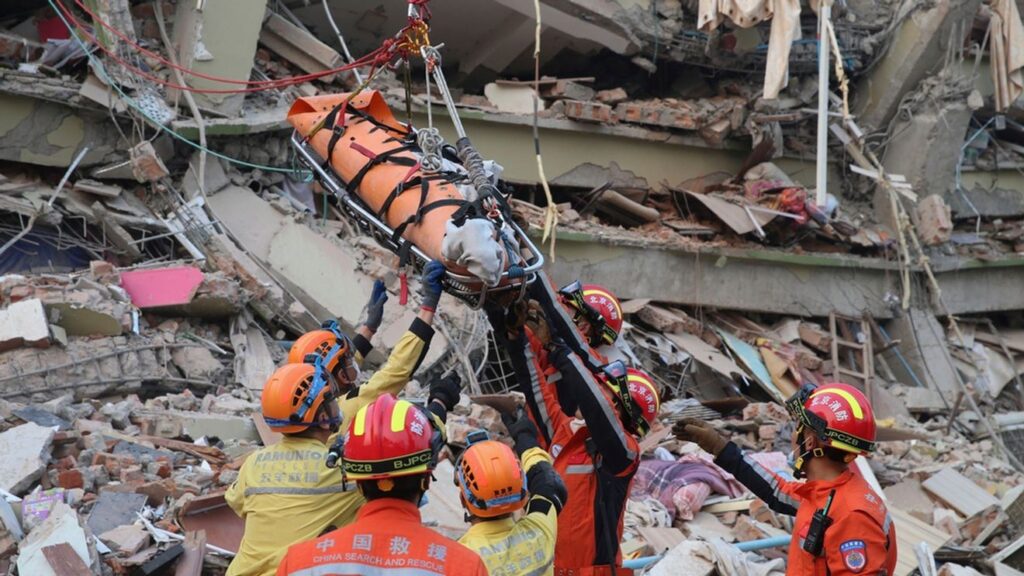YANGON, Myanmar — The death toll from a devastating earthquake that struck Myanmar nearly a week ago has risen to 3,085, according to the military-led government on Thursday, as search and rescue teams continue to find bodies in the rubble.

In a brief statement, the military reported that 4,715 people were injured, and 341 remain missing. The 7.7-magnitude earthquake struck on Friday near Mandalay, Myanmar’s second-largest city, causing widespread destruction. Thousands of buildings collapsed, roads buckled, and bridges were destroyed across multiple regions.
Local media reports have indicated a much higher number of casualties than official figures suggest. With telecommunications disrupted and access to many areas limited, the true extent of the disaster remains unclear, and the death toll is expected to rise significantly as more information emerges.
The earthquake has deepened Myanmar’s existing humanitarian crisis, which has persisted since the military seized power in 2021, overthrowing the democratically elected government of Aung San Suu Kyi. The ongoing conflict has left more than 3 million people displaced and nearly 20 million in need of humanitarian assistance, according to the United Nations.
Amid growing concerns that continued fighting could disrupt relief efforts, the military declared a temporary ceasefire on Wednesday, effective until April 22. The announcement followed similar unilateral ceasefires declared by armed resistance groups opposed to military rule. However, the military warned it would take “necessary” actions if opposition forces used the ceasefire to regroup, train, or launch attacks.
In Bangkok, Thailand, where the quake caused the collapse of an under-construction skyscraper, rescue workers continue to search for survivors. Bangkok Governor Chadchart Sittipunt confirmed that the possible sound of life was detected amid the rubble. The collapse left 22 people dead and 35 injured, most of whom were in the unfinished building when it fell.
The Myanmar disaster has underscored the challenges faced by humanitarian organizations working in conflict zones, highlighting the urgent need for coordinated international support to reach affected communities.



